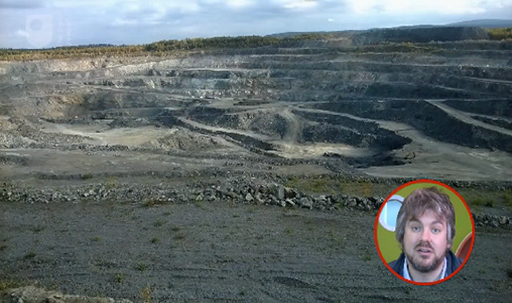4.1 Breaking and fixing our planet
Most of us have heard of global climate change. The overriding consensus is that the burning of fossil fuels, such as oil and gas (that you looked at in Week 3), releases greenhouse gases which are warming up our planet.
But what about the effects of other types of Earth resources?
In this final week you are going to look at this in more depth. Watch the following video, which introduces this week.
Download this video clip.Video player: Video 4.1 Introducing environmental impact


Transcript: Video 4.1 Introducing environmental impact
MARCUS BADGER:
We’ve heard about global climate change. The overwhelming consensus is that by burning fossil fuels like oil and gas, we release greenhouse gases into the atmosphere that are warming our world. We did quite a lot on oil and gas in week three, but what about other resources that we take from the Earth? How do these impact the environment? As a species, Homo sapiens – that’s us – we haven’t been very good at looking after the world that we live in. A lot of what we’ve done as we’ve looked for and exploited natural resources has caused problems, and if we don’t think about the potential environmental impact of what we do, then we’re going to continue to cause damage.
So this week, we’re going to look at some of the big problems and some of the big solutions. So start to think about how we might deal with global climate change, what happens when we extract gravel and sand and building materials from the Earth, and how we actually process the minerals from a rock into the metals that go into your cell phone. Through the course, you’ve learned about some of the know-how that geoscientists need in order to find and exploit these resources. But how can we, as geoscientists, help to deliver sustainability for the environment, for natural resources, and for the global economy?
Video 4.1 Introducing environmental impact
Interactive feature not available in single page view (see it in standard view).
